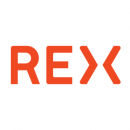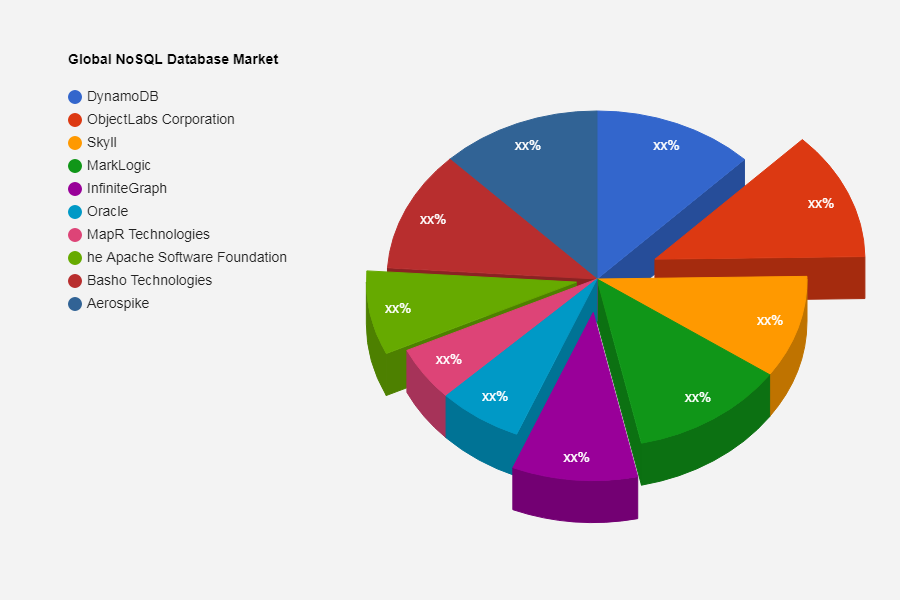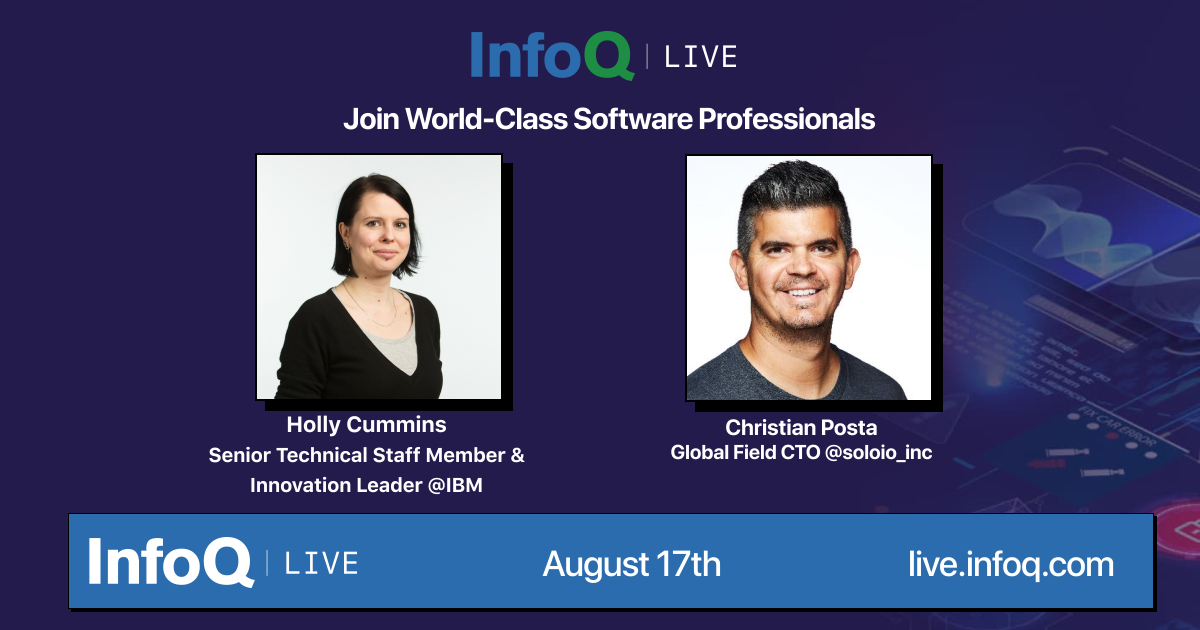A research study conducted on the Big Data and Analytics market offers substantial information about market size and estimation, market share, growth, and product significance. The Big Data and Analytics market report consists of a thorough analysis of the market which will help clients acquire Big Data and Analytics market knowledge and use for business purposes. This report provides data to the customers that is of historical as well as statistical significance making it usefully informative. Crucial analysis done in this report also includes studies of the market dynamics, market segmentation and map positioning, market share, supply chain & Industry demand, challenges as well as threats and the competitive landscape. Business investors can acquire the quantitative and qualitative knowledge provided in the Big Data and Analytics market report.
Key players profiled in the report includes:
Microsoft
MongoDB
Predikto
Informatica
CS
Blue Yonder
Azure
Software AG
Sensewaves
TempoIQ
SAP
OT
IBM
Cyber Group
Splunk
We Have Recent Updates of Big Data and Analytics Market in Sample [email protected] https://www.orbisresearch.com/contacts/request-sample/4611279?utm_source=pujas
Drivers responsible for the economic growth in the past, present, and future along with market volume, cost structure and potential growth factors provide an all-inclusive data of the Big Data and Analytics market. Along with this, the Big Data and Analytics market trends, and geographic dominance and regional segmentation forms the most significant part of the research study. These are the factors responsible for the anticipated growth of the Big Data and Analytics market. However, regional segmentation specifies whether the USA, UK, China, or Europe will dominate the Big Data and Analytics market in future.
This report also includes an environmental perspective in that the growing concerns of imbalanced ecosystems, emergence of sustainability as key concerns in most of the industries and reducing waste. The Big Data and Analytics market report includes data regarding how Big Data and Analytics industries across the globe are adapting to more sustainable strategies for the benefit of the mankind. Also, special efforts taken by the Big Data and Analytics industry to spread awareness by implementing strategies to the new world post pandemic are of great significance in this report.
By the product type, the market is primarily split into
Data Intergration
Data Storage
Data Presentation
By the end-users/application, this report covers the following segments
LoT
M2M
Big Data and Analytics Market: Key Highlights of the Report for 2020-2028
• Compound Annual Growth Rate (CAGR) of the market in forecast years 2020-2028 is given. The data provided here about the Big Data and Analytics market accurately determines the performance investments over a period of time. It helps the businesses drive their financial goals to fulfillment.
• Detailed information on key factors that are expected to drive Big Data and Analytics market growth during the next five to ten years is provided in the report.
• Accurate market size estimates and the contribution of the parent market in the Big Data and Analytics market share and size.
• A detailed analysis of the upcoming trends, opportunities, threats, risks, and changes of consumer behavior towards the products and services.
• Demographics of growth in the Big Data and Analytics market across different countries in the geographical regions such as America, APAC, MEA, and Europe.
• Information on the major vendors in the Big Data and Analytics market and competitive analysis.
• Comprehensive details of the vendors that drive the Big Data and Analytics market.
Geographical Segmentation and Competition Analysis
– North America (U.S., Canada, Mexico)
– Europe (U.K., France, Germany, Spain, Italy, Central & Eastern Europe, CIS)
– Asia Pacific (China, Japan, South Korea, ASEAN, India, Rest of Asia Pacific)
– Latin America (Brazil, Rest of L.A.)
– Middle East and Africa (Turkey, GCC, Rest of Middle East)
Browse Full Report with Facts and Figures of Big Data and Analytics Market Report at @ https://www.orbisresearch.com/reports/index/global-big-data-and-analytics-market-size-status-and-forecast-2020-2026?utm_source=pujas
Report Highlights
• Provides forecast trends for the year 2021-2027 for the Big Data and Analytics market.
• Net profit gained by leading enterprises in particular segments is highlighted in the study.
• To study growth and productivity of the Big Data and Analytics market companies.
• Provides information on diversified ancillary activities involved in the Big Data and Analytics market.
• The demand for local goods and services in the Big Data and Analytics market.
• Public interventions regulating the Big Data and Analytics market.
• The study highlights the difficulties faced by producers and consumers to market the products and services in the Big Data and Analytics industry.
The report forecasts or predicts the future behavior or future trends of the Big Data and Analytics market based on its productivity and growth factors. Strategies adopted the leading players for effective utilization and modernization of their existing resources for maximum profits is briefed in the study.
Table of Contents
Chapter One: Report Overview
1.1 Study Scope
1.2 Key Market Segments
1.3 Players Covered: Ranking by Big Data and Analytics Revenue
1.4 Market Analysis by Type
1.4.1 Big Data and Analytics Market Size Growth Rate by Type: 2020 VS 2028
1.5 Market by Application
1.5.1 Big Data and Analytics Market Share by Application: 2020 VS 2028
1.6 Study Objectives
1.7 Years Considered
Chapter Two: Growth Trends by Regions
2.1 Big Data and Analytics Market Perspective (2015-2028)
2.2 Big Data and Analytics Growth Trends by Regions
2.2.1 Big Data and Analytics Market Size by Regions: 2015 VS 2020 VS 2028
2.2.2 Big Data and Analytics Historic Market Share by Regions (2015-2020)
2.2.3 Big Data and Analytics Forecasted Market Size by Regions (2021-2028)
2.3 Industry Trends and Growth Strategy
2.3.1 Market Top Trends
2.3.2 Market Drivers
2.3.3 Market Challenges
2.3.4 Porter’s Five Forces Analysis
2.3.5 Big Data and Analytics Market Growth Strategy
2.3.6 Primary Interviews with Key Big Data and Analytics Players (Opinion Leaders)
Chapter Three: Competition Landscape by Key Players
3.1 Top Big Data and Analytics Players by Market Size
3.1.1 Top Big Data and Analytics Players by Revenue (2015-2020)
3.1.2 Big Data and Analytics Revenue Market Share by Players (2015-2020)
3.1.3 Big Data and Analytics Market Share by Company Type (Tier 1, Tier Chapter Two: and Tier 3)
3.2 Big Data and Analytics Market Concentration Ratio
3.2.1 Big Data and Analytics Market Concentration Ratio (CRChapter Five: and HHI)
3.2.2 Top Chapter Ten: and Top 5 Companies by Big Data and Analytics Revenue in 2020
3.3 Big Data and Analytics Key Players Head office and Area Served
3.4 Key Players Big Data and Analytics Product Solution and Service
3.5 Date of Enter into Big Data and Analytics Market
3.6 Mergers & Acquisitions, Expansion Plans
Do You Have Any Query or Specific Requirement? Ask Our Industry [email protected] https://www.orbisresearch.com/contacts/enquiry-before-buying/4611279?utm_source=pujas
Please find our latest report @ https://www.theexpresswire.com/pressrelease/Application-Security-Software-Market-Top-Manufacturers-Analysis-by-2028-Micro-Focus-Veracode-Rogue-Wave-CAST-Software-IBM-etc_12854096
At the end of the report, readers are expected to understand the following market scenarios:
About Us:
Orbis Research (orbisresearch.com) is a single point aid for all your market research requirements. We have vast database of reports from the leading publishers and authors across the globe. We specialize in delivering customized reports as per the requirements of our clients. We have complete information about our publishers and hence are sure about the accuracy of the industries and verticals of their specialization. This helps our clients to map their needs and we produce the perfect required market research study for our clients.
Contact Us:
Hector Costello
Senior Manager Client Engagements
4144N Central Expressway,
Suite 600, Dallas,
Texas 75204, U.S.A.
Phone No.: USA: +1 (972)-362-8199 | IND: +91 895 659 5155
























